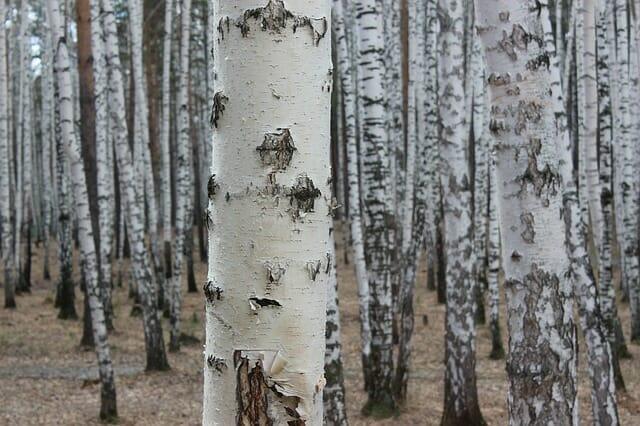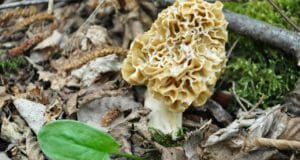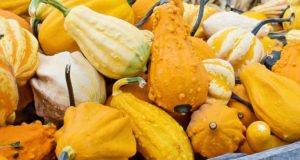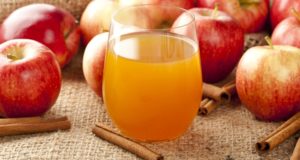Birch syrup is an alternative to maple syrup that is commonly grown across the northern United States, Canada and in northern Europe. While other birch products such as birch beer might seem more commonplace, birch syrup is a hot commodity, fetching over $30 per 250ml bottle in some locations. It is high in vitamins and minerals, and even can be used as a tonic.
Best yet? Birch syrup can be easily produced on any homestead with an abundance of birch trees, and if you’re already tapping maples, you don’t need to give that up. The two can be tapped concurrently, and the equipment needed is identical for both.
Tapping
Birch tapping generally follows the maple sugar season, in mid-March to mid-April. This depends, of course, on the weather, as sap begins to run before the buds on the trees change to leaves. Nights must be below freezing while days must rise well above freezing, usually around 40 or 50 degrees. Although this freeze-thaw cycle is the same as what is required for maple trees, maples don’t require daytime temperatures to rise quite as much.
“The Big Book Of Off The Grid Secrets” — Every Homesteader Needs A Copy!
The best birch trees are ones that live in an isolated area. Try not to tap trees that have been exposed to pesticides or other contaminants, such as those that are growing alongside the road. These trees can carry unwanted toxins in their sap.
There is little equipment you need to get started making birch syrup, although, as with maple products, you can purchase more expensive and sophisticated materials as you gain experience. You will need some sort of spile, either handmade or commercial. Spiles used for maple sugaring can also be used on birch trees.
You will also need a cordless drill and a bit that matches the end of the spile. Additionally, you will need a collection container if you aren’t planning on setting up a more sophisticated tubing and vacuum system (again, not recommended until you gain experience after a few seasons). Make sure whatever you use for collection is sterile and has some sort of cover. If not covered, the sweet-smelling sap can attract unwanted insects and collect debris.
Place one tap per tree, ignoring trees that are less than eight inches but larger than 14 inches in diameter. One tap per tree ensures that the tree has adequate resources to heal. In addition, don’t plug the holes after the season has ended, as this can impede healing. If you want your trees to produce year after year, you must take good care of them and not overtax their resources!
The tap should be placed slightly below eye level, around four feet up from the base of the tree. Don’t tap an old tap hole on the tree, and try to stay six or seven inches away from old taps if possible. The best spot to tap is in a shady spot on the south side of the tree.
Make sure all of your surfaces and materials are sanitized before beginning to tap. Using a sharp drill bit, drill upwards into the tree at a 25 degree angle, about one inch into the tree. This will allow the sap to utilize gravity as it moves into your container.
Place your spile into the hole and tap gentle with a mallet or hammer. Sap should begin running from the sap in a light drip once it is placed. If you don’t see any sap, you might want to tap a different tree. Situate your collection container or bucket beneath the tap.
Generally, a birch tree will produce around a gallon of sap per day. Make sure your container has at least a one-gallon capacity, or you risk losing valuable sap as it seeps from an overfilled bucket. Don’t place your bucket on the ground, as this will be easily spilled.
While it may be tempting to collect sap only every few days when your spring chores get the better of you, you need to make this item a fixture on your daily to-do list. If left too long, sap begins to ferment and adopts a strange flavor.
Making Syrup
When you have about 25 gallons of sap, you’re ready to make syrup. This sap is less sweet than maple syrup, so it takes over twice the amount of sap to produce a gallon of birch syrup as it does maple syrup. Twenty-five gallons of birch sap will produce roughly one quart. Therefore, each tree will produce about one quart over a season.
Although sap accumulates somewhat slowly, you must evaporate sap as you collect it. Sugar in birch sap can be easily caramelized if you evaporate it too quickly. As a result, you must evaporate slowly, unlike maple sap which is boiled more intensely.
Unless you have a sugar shack — which you likely don’t, unless you’re already actively involved in making maple syrup — you can make birch syrup right on your stove top. Ten gallons of sap will process down to about two cups. Use a stock pot, and keep the sap cold until it’s ready to be processed (generally within 24 hours).
Filter the sap through a coffee filter before pouring it into a stock pot. Boil the syrup rapidly, but keep a watchful eye on it to prevent scorching. Once it’s reduced by about half, slow the evaporation to a simmer. Keep the temperature just below boiling, and when the sap has been reduced to about a quarter of its original volume, move it to a slow cooker. Leave it overnight on low to complete evaporation.
A hydrometer will help you determine the density of the syrup. While it won’t be quite as thick as maple syrup, it will register a 66 or 67 on the brix scale. If you are slightly off, that’s okay — it might have a slightly odd flavor but is still safe to eat. Filter the syrup through a coffee filter again, then bottle in sterilized mason jars. This can be stored at room temperature, but opened jars must be refrigerated.
Birch syrup is highly versatile and can be used in multiple recipes. It makes an excellent glaze or as an addition to coffee or dessert. You’ll quickly find yourself wishing that you had more birch trees on your property, because once your friends and family get a taste of this delicious nectar, you won’t have much left over for yourself!
What advice would you add? Have you ever tapped a tree? Leave your tips in the section below:
 Off The Grid News Better Ideas For Off The Grid Living
Off The Grid News Better Ideas For Off The Grid Living




